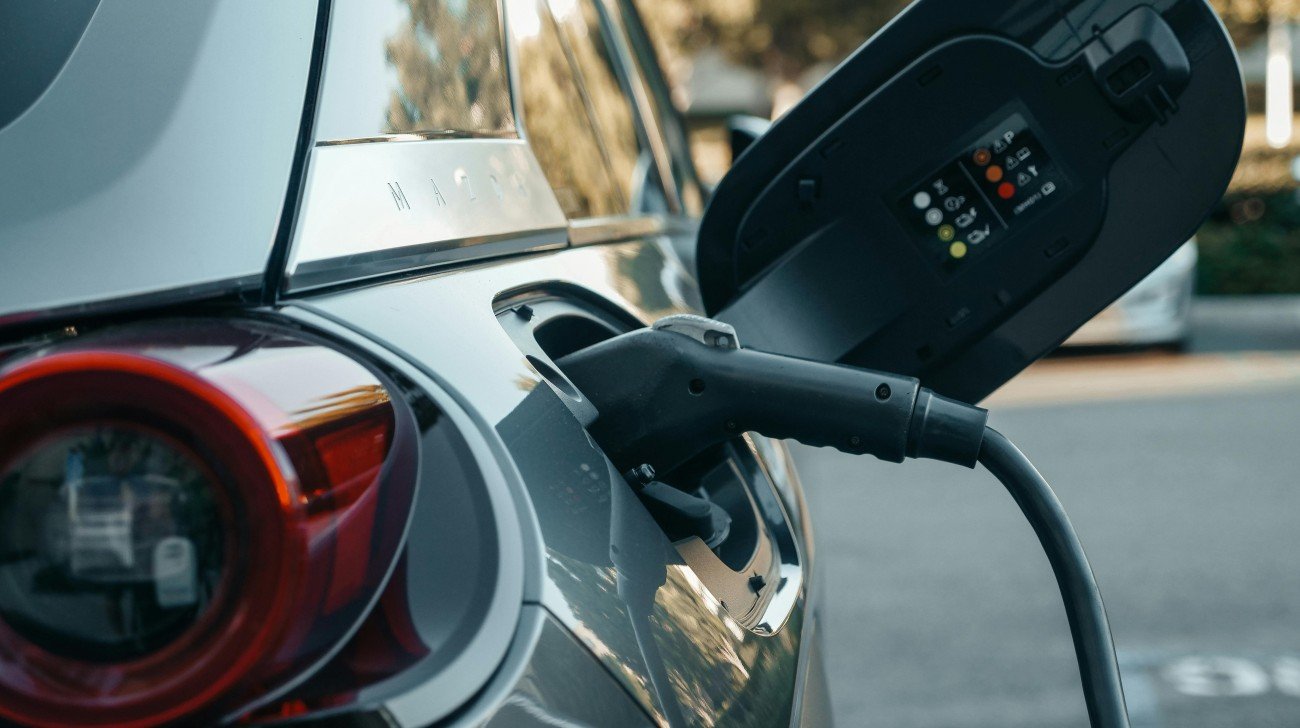
As the electric vehicle (EV) industry keeps advancing, a plethora of myths and misconceptions have arisen alongside it. These misconceptions often sow doubts about the reliability, performance, and practicality of electric vehicles, either due to misinformation or reluctance to embrace change. However, in today’s fast-paced world, where the urgency for sustainable transportation is growing, it becomes crucial to separate reality from fiction.
In this enlightening blog post, we embark on a journey to debunk the most common myths surrounding the electric vehicle industry. We’ll address concerns about EV range and charging infrastructure, and explore questions about environmental impact and cost-effectiveness. Our aim is to provide evidence-based insights that reveal the true potential of electric vehicles in a simple and understandable manner.
1. Is charging an EV too time consuming?

Most cars spend over 90% of the time parked and can be charged during this downtime. For a quick charge, you can also use rapid chargers that can charge some cars from 20%-80% in about half an hour.
2. Are EV’s Uneconomical?

Electric vehicles are inherently more energy-efficient than their internal combustion engine counterparts. EVs convert a higher percentage of the energy from their batteries to power the wheels, with over 90% efficiency compared to the average 20% to 30% efficiency of traditional gasoline-powered vehicles. This means that a greater portion of the energy consumed by an EV is effectively used to move the vehicle, resulting in less energy wastage and lower costs.
3. Do electric batteries only last for a few years?

Electric vehicle (EV) batteries are designed to have a long lifespan, typically lasting for several years. However, the actual longevity of a battery can vary significantly based on individual driving habits and usage patterns. Understanding how driving habits impact battery life is crucial for maximizing the lifespan and overall efficiency of an electric vehicle.
4. Do electric vehicles have a higher emission impact than petrol or diesel vehicles?

Electric vehicles (EVs) indeed have a smaller carbon footprint compared to petrol and diesel vehicles. This significant advantage stems from the fundamental differences in their propulsion systems and energy sources.
The most apparent difference between EVs and traditional internal combustion engine vehicles is that EVs produce zero tailpipe emissions. Petrol and diesel vehicles emit greenhouse gases, such as carbon dioxide (CO2), nitrogen oxides (NOx), and particulate matter, directly into the atmosphere. In contrast, EVs run on electricity stored in batteries and release no emissions during operation, contributing to improved air quality and reduced local pollution in urban areas.
5. Electric vehicles are slow and have bad performance

Electric vehicles (EVs) outperform their petrol and diesel counterparts with their remarkable acceleration and responsiveness, thanks to the instantaneous torque delivery of their electric motors. The absence of gear-shifting in EVs allows for a smooth and uninterrupted surge of power, making acceleration feel effortless and exhilarating. Whether it’s starting from a standstill at traffic lights or overtaking on the highway, electric vehicles excel in delivering quick and consistent bursts of power. This enhanced acceleration not only contributes to a more engaging driving experience but also enhances safety by enabling prompt maneuvers when needed. As technology continues to advance and EVs become more prevalent, their superior performance and efficiency will undoubtedly drive the widespread adoption of electric mobility.
Embracing electric mobility and investing in EV charging solutions will play a pivotal role in reducing carbon emissions, improving air quality, and shaping a cleaner, greener world. Armed with this knowledge, let’s drive forward with confidence, knowing that the EV charging industry is ready to power the way towards a brighter and more sustainable tomorrow.



